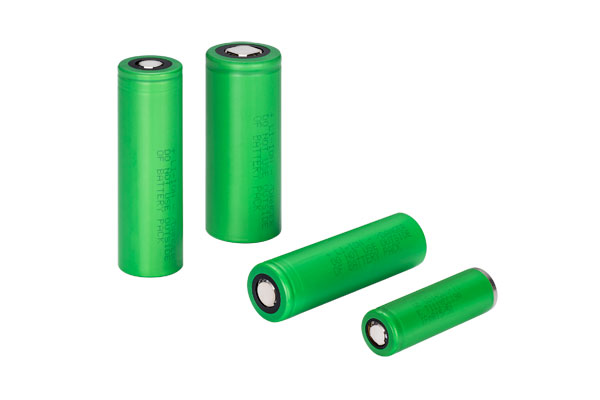In recent years, the demand for high-performance batteries has skyrocketed due to the increasing popularity of portable electronics, electric vehicles, and renewable energy systems. Among the various types of batteries available, cylindrical lithium-ion batteries have gained significant attention for their impressive energy density, long cycle life, and excellent safety features.
In this article, we will delve into the technology behind cylindrical lithium-ion batteries, exploring their construction, working principles, and advantages over other battery types.
Cylindrical lithium-ion batteries offer has several advantages over other battery types, making them a popular choice for various applications. One of the main advantages of cylindrical lithium-ion batteries is their high energy density.
Image Source: Google
This means that they can store a large amount of energy in a compact size, making them ideal for portable devices such as smartphones, laptops, and electric vehicles.
Cylindrical lithium-ion batteries consist of several key components that work together to store and release energy efficiently. The most crucial components are the electrodes, separator, electrolyte, and casing. The electrodes, typically made of a lithium compound such as lithium cobalt oxide or lithium iron phosphate, are responsible for the storage and release of energy.
The separator, usually a thin polymer film, acts as a barrier between the electrodes to prevent them from coming into direct contact and causing a short circuit. The electrolyte is a liquid or gel-like substance that allows the flow of lithium ions between the electrodes during charging and discharging.
It also plays a crucial role in maintaining the stability and performance of the battery. The casing, often made of a metal such as aluminum or steel, provides a protective enclosure for the internal components and helps maintain the structural integrity of the battery.
When the battery is charged, lithium ions move from the positive electrode (cathode) to the negative electrode (anode) through the electrolyte. This process is reversed during discharge, with the lithium ions moving from the anode to the cathode, releasing stored energy in the process.
